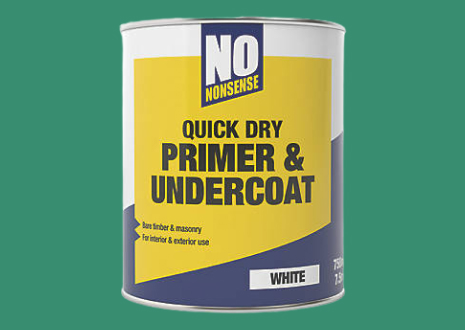Glossary

Undercoat refers to a layer of paint that is applied before the final coat and sometimes after a coat of primer.
The undercoat is an important stage in painting a surface. It not only provides a smoother surface for the topcoat giving it a better finish easier application but can also assist in stopping the surfaces existing colour from bleeding through. The colour of the undercoat should mirror that of the overcoat. For pale and lighter colour use a lighter undercoat and of vide, colourers use a darker undercoat. The undercoat is also important to give the surface some extra protection.
It will help reduce the effects of light physical wear and tear such as denting and scraping as well as giving an extra layer to stop moisture from reaching the surface which can cause mould, rot or in the case of metal rust.
Gloss paint definition
Gloss paint is a term that describes any paints that when dry reflects some amount of light. Gloss paints can come in a wide range of variety in the amount of light that is reflected from matte (that has little reflection) to high gloss (which is very reflective) and varying levels between each, which are […]
Fibre brushes
The bristles are usually made of natural vegetable fibres but can also be a mix of natural and artificial fibres. Fibre brushes often referred to as masonry brushes, are a specific type of paintbrush that is designed to be used with materials and on surfaces an ordinary bristle brush might not be appropriate for. Fibre […]
Obtain Free,
No-Obligation Quotation